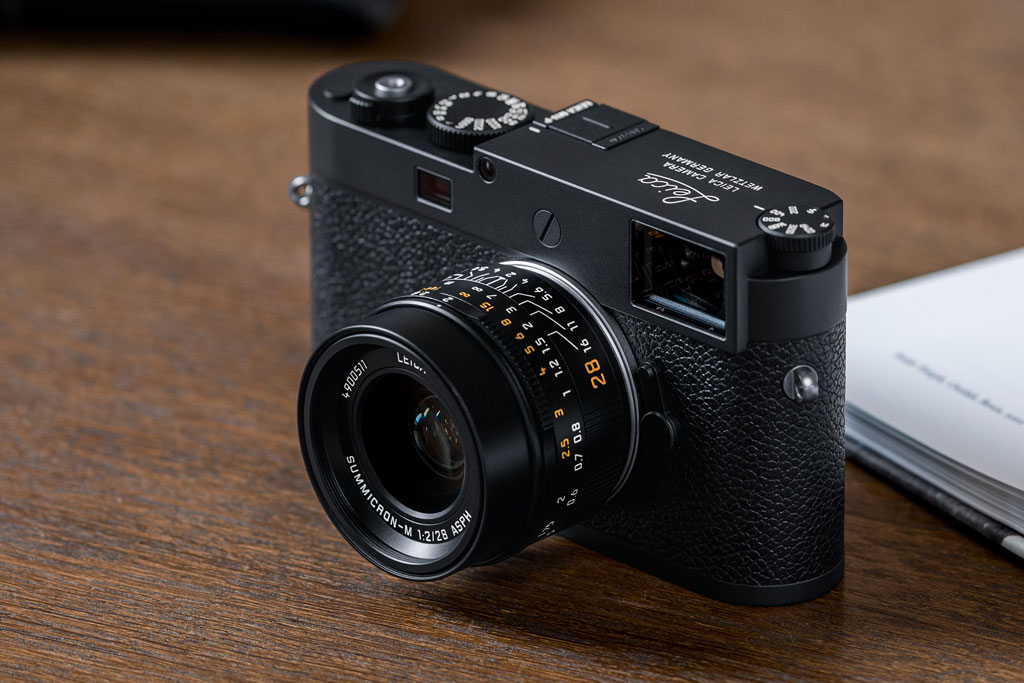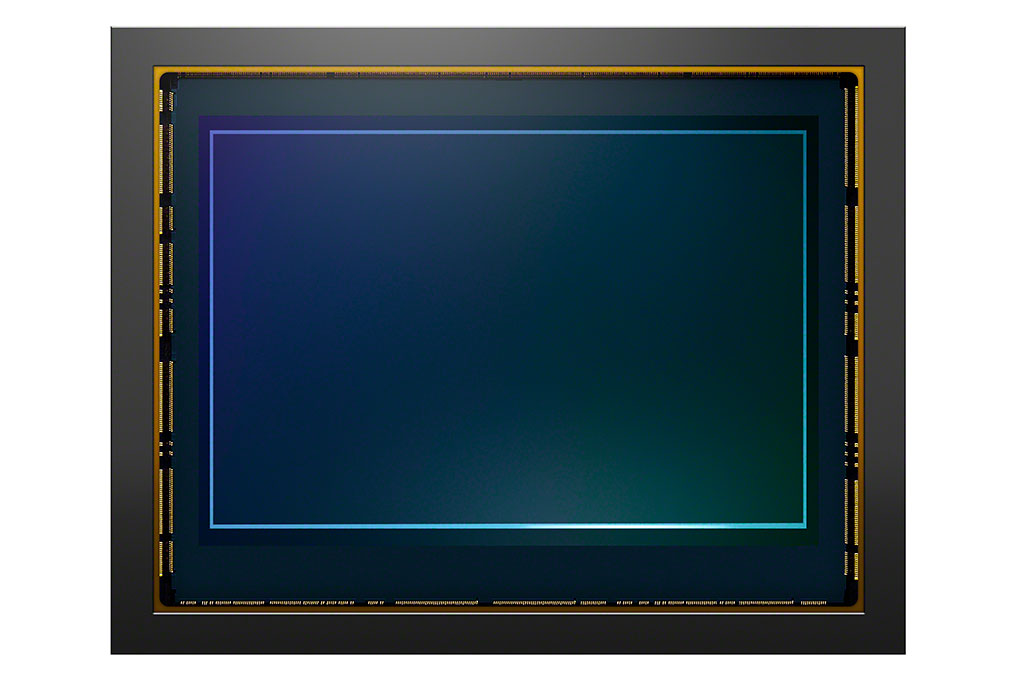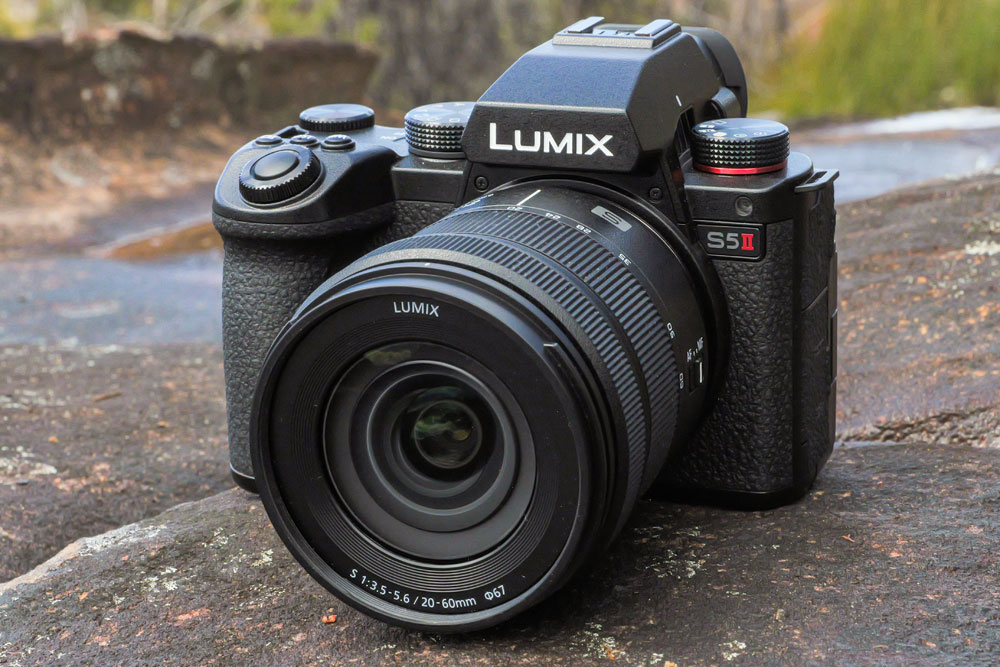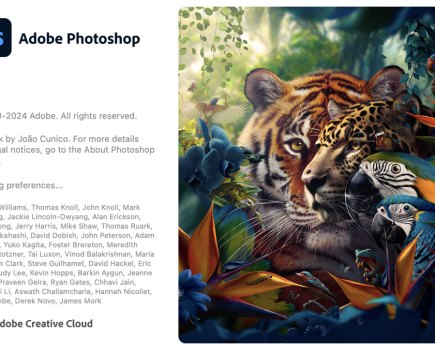From breakthroughs in mirrorless camera technology to the unstoppable spread of AI, 2023 will be seen as a pivotal one in the history of photography. Deputy Editor Geoff Harris looks back on the key trends and highlights
2023: the year AI hit home
The hot topic among the photographic community this year has been AI. While AI innovations in software are hardly new – Skylum, for example, has been using it to simplify image-editing tasks for some time – the pace of change seemed to quicken this May when Adobe, the elephant in any room, added ‘Generative Fill’ to a beta version of Photoshop.
Put simply, this enables users to add or remove elements in a photograph – placing a cloud in an otherwise clear blue sky, for example – by typing in simple text prompts via the movable Generative Fill bar.
An appropriate AI-generated image is then created, matching the perspective, lighting and style of your base image (and thanks to layers, the whole process is ‘non destructive’ to the original).

Adobe Generative Fill in action. Image credit: Adobe
This certainly isn’t the first time Adobe has integrated AI into its products – Photoshop Camera appeared in 2021 and the company’s Sensei technology is well established in its apps – but the ease with which Generative Fill radically changes an image has triggered a lot of anxiety about the technology’s impact on photography as we understand it.
We’re now seeing similar tools come on the market, but Generative Fill’s integration with the widely used Photoshop means an image ‘enhanced’ by AI can be fine-tuned to an impressive degree – raising lots of questions about what is a ‘real’ photograph and what isn’t. We even heard of Aitana, an AI-generated model in Spain, who earns her creators a cool £10,000 a month!

The high-earning, AI-generated creation that is Aitana. Image credit: The Clueless Agency
Some are sanguine about the spread of AI, claiming images taken by a skilled photographer will always be in demand, but others fear for the future. ‘One of the reasons I’ve given up product photography is that companies can now easily generate images themselves using AI,’ observed one pro, Neil Bremner.
While it’s too early to predict the full impact of AI on photography, one thing is for sure: the technology is here to stay and will continue to develop.
Proving an image is ‘real’
With the rise of generative AI imagery, there’s concern about the ability to verify genuine photographs. Last month, Sony and Associated Press completed second-round testing of Advanced In-Camera Authenticity Technology, which adds a digital signature to images at their point of capture to certify they weren’t cooked up with AI.
Leica, meanwhile, introduced the world’s first camera with built-in Content Credentials, the Leica M-11 P. Each image contains secure metadata revealing the camera make and model, when the image was taken, and other point-of-capture information.

Leica’s new M-11P is the first camera to support Content Credentials. Image credit: Leica
It’s likely that similar features will appear in new pro cameras from Canon or Nikon, or appear in an update. Calls are also growing for AI-generated images to be labelled as such when used in the news media.
‘We stand for clear labelling and identification of images that were created by a computer and not by the intention, craft and unique angle of our photographers,’ Magnum Photos president Cristina de Middel told us in October.

Magnum President Cristina de Meddel. Image credit: Magnum Photos
Mirrorless camera breakthroughs
Moving away from AI, a major technological breakthrough this year was the introduction of a global shutter image sensor on the Sony A9 III (below).

Technical editor Andy Westlake with the A9 III
Building on the company’s existing stacked CMOS design, this provides simultaneous data readout for all of the sensor pixels. As well as a blackout-free viewfinder feed, the global shutter eliminates any subject distortion due to rolling shutter, as well as any flickering and banding in artificial light.

The Sony A9 III’s new image sensor provides the first global shutter in a consumer camera. Image credit: Sony
Sports and action photographers will mainly benefit; it enables high-speed continuous shooting of 120 frames per second in full resolution 24.6MP raw, complete with continuous AF and subject tracking and the ability to shoot with flash at any shutter speed (there’s no limitation with high-speed sync).
While appealing to the high-end sports shooter demographic, it’s unlikely that global shutter sensors will turn up on consumer-level cameras in the near future, or be particularly affordable when they do.

With so many frames to choose from, you can be sure of catching the peak of any action with the Sony A9 III. Image credit: Andy Westlake
Returning to more mainstream tech, Panasonic also announced it was adding phase-detection autofocus to its S5II, S5IIX and G9II models, in place of the firm’s previous Depth-From-Defocus technology. At a stroke, Panasonic removed one of the perceived disadvantages of its cameras.

The Panasonic Lumix S5II now gets phase detection AF.
Two black and white-only cameras in one day
Finally we note with some irony that two niche black & white cameras were announced on the same day in April. First up is the Leica M11 Monochrom rangefinder, the fifth no-colour camera launched by the company in 11 years.

Leica M11 Monochrom. Image credit: Andy Westlake
Stylishly retro-looking, it features a 60.4MP sensor designed to deliver superior resolution in black & white, and a hefty $10,500 / £8,300 price tag.

A sample image from the M11 Monochrom. Image credit: Damien Demolder
Meanwhile, DSLR stalwart Pentax challenged Leica’s black & white monopoly by announcing the more wallet-friendly K-3 Mark III Monochrome. Based on the flagship K-3 Mark III DSLR, it features a monochrome-specific 25.7MP image sensor, an LCD data panel with white backlight illumination, and a menu screen with a black & white visual scheme.
Further reading
The best photo-editing software (including Photoshop)
Will AI replace photographers?
Complete guide to black and white photography








